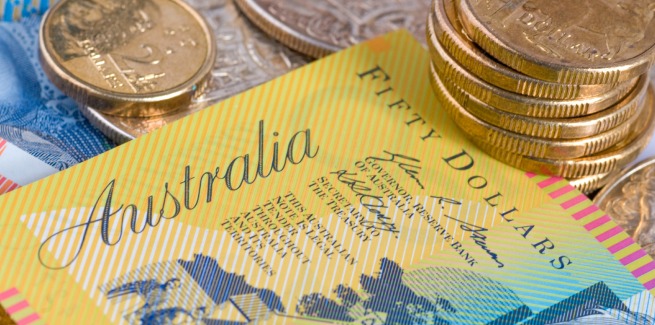Around 18 per cent of consumers held buy now, pay later (BNPL) debt in the March quarter, according to the latest NAB Economics Consumer Insight Report.
BNPL ranked fourth as the most common debt after credit cards (held by 41 per cent of consumers), home loans (34 per cent) and personal loans (19 per cent).
On average, Aussie consumers now hold 1.8 BNPL accounts each. Around half (51 per cent) have one account, three in 10 (31 per cent) have two accounts, and 12 per cent hold three. Close to 5 per cent of consumers have four or more.
But the bank noted potential issues around individuals collecting accounts.
“With BNPL services not currently required to hold a credit licence and not subject to consumer protections under the National Consumer Credit Protection Act 2009, concerns have been raised that multiple accounts could leave the most vulnerable consumers struggling to manage multiple payments (also potentially impacting their credit scores and ability to take out credit or loans in the future),” the NAB Consumer Insight Report noted.
CBA chief executive Matt Comyn has also previously suggested the BNPL market should be held to similar regulatory standards as other lenders, despite the bank backing a number of players in the space and launching its own product.
NAB’s research has come after ASIC published findings in November that 22 per cent of BNPL customers prioritised paying off this debt over loan repayments or bills.
The regulator had discovered that 21 per cent of BNPL users had missed a payment in the prior 12 months and 5 per cent had missed mortgage repayments in order to pay off their BNPL debt.
Younger users
The new NAB survey showed BNPL debt was much more widespread among consumers under 50, with around one in four people aged 18-29 (26 per cent) and 30-49 (24 per cent) holding debt, compared with just 5 per cent among over 65s.
The payment method was also more likely among lower-income earners (earning less than $35,000 per annum). But the survey found no clear pattern between debt and income, with the highest number of consumers (21 per cent) with BNPL debt earning between $50,000 to $100,000 per annum.
Almost four in 19 (37 per cent) of consumers with BNPL loans had missed a payment. Young men (aged 18-29) were over-represented, with 59 per cent missing a payment.
Over four in 10 men aged 30-49 (44 per cent) and 41 per cent of women aged 18-29 had also reported missing payments.
BNPL was most likely to be used for buying clothing (45 per cent of all consumers) and major household items such as furniture and appliances (40 per cent). Around 16 per cent of Australians used BNPL for spending on their children, 14 per cent on automotive and 12 per cent on food.
Other common uses included beauty and hair (12 per cent), travel and holidays (10 per cent), entertainment (10 per cent), jewellery (10 per cent), telecom-related products such as phones and internet (10 per cent), sports or “other” items (7 per cent).
Debt stress
Across types of debt, payday loans caused the highest stress for their holders (65.8 points out of a possible 100), followed by loans from family and friends (59.8 points), personal loans (54.1 points) and investment loans (51.1 points).
Stress was lowest for credit card debt despite it being the most commonly held (53.9 points), followed by BNPL (46.1 points).
But young men in the 18-29 age group reported much higher levels of stress over BNPL debt (62 points) alongside men aged 30-49 (53.9 points) and women in the 18-29 group (48.4 points).
[Related: ASIC wants non-bank data]










